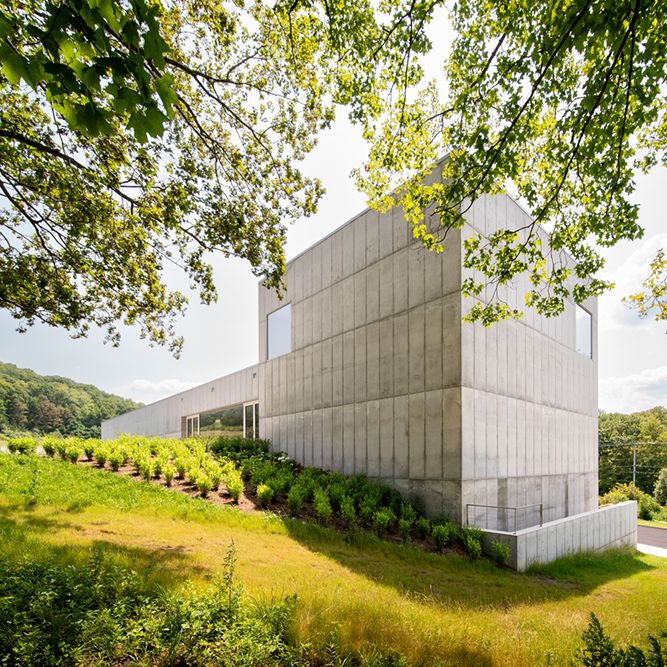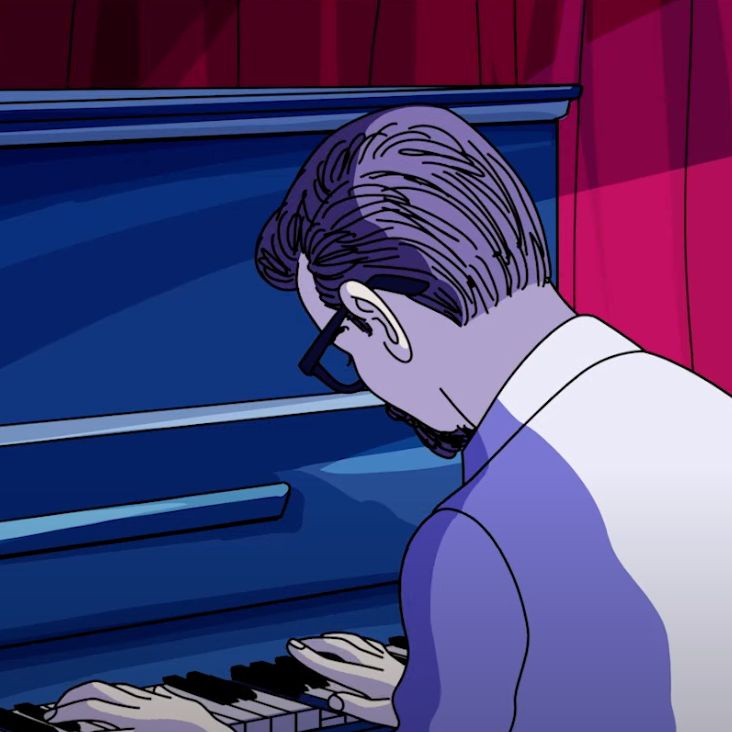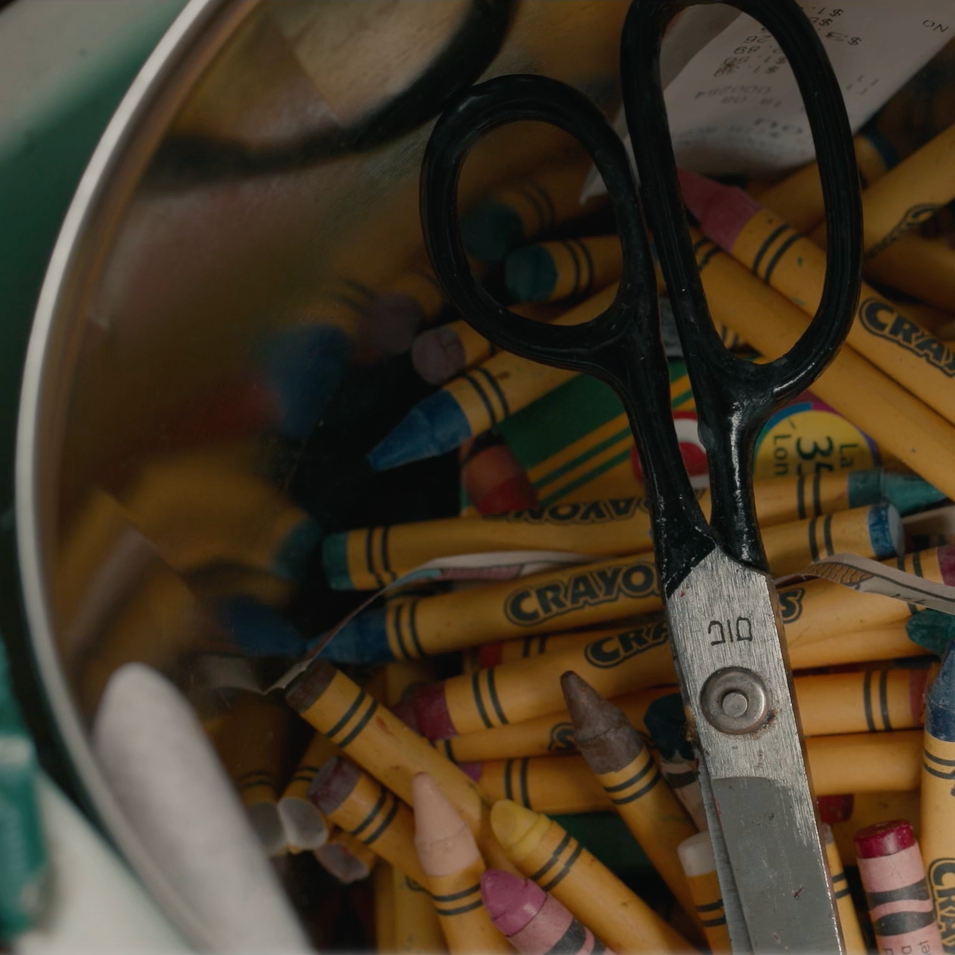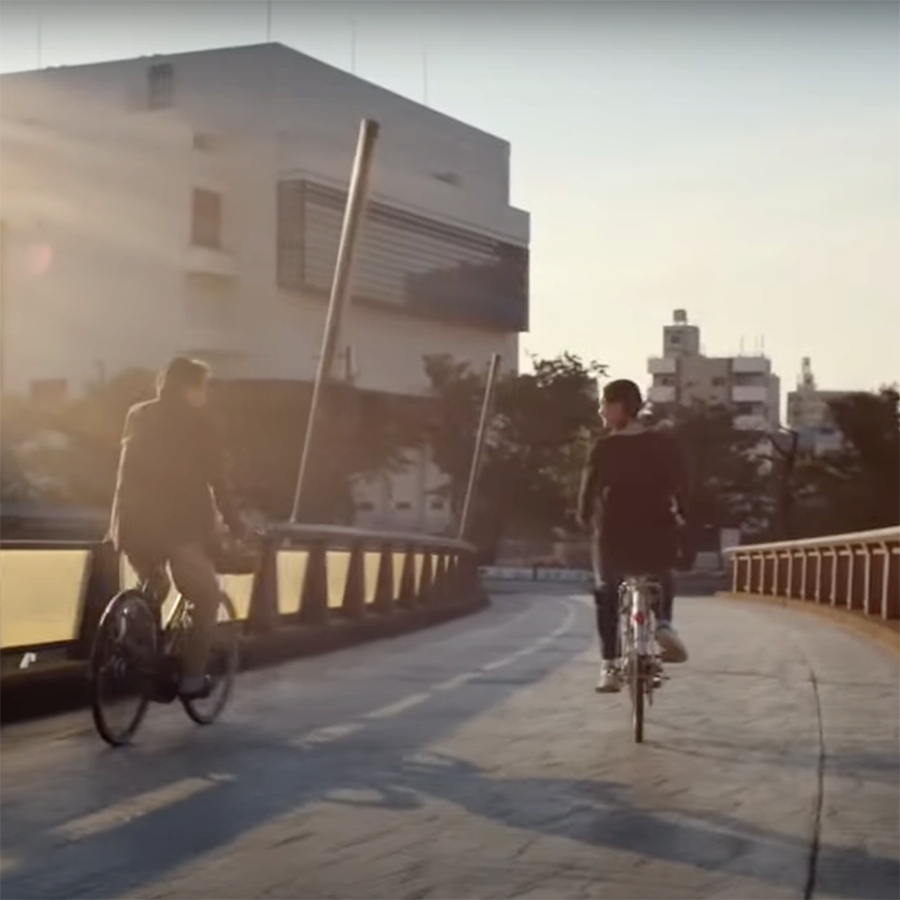
December 31, 2009
Italian Art in the Hudson Valley

Magazzino Italian Art, Cold Spring, NY. Photo by William Mulvihill.
Perhaps the biggest surprise of Magazzino Italian Art, the museum and research center dedicated to advancing scholarship and public appreciation of postwar and contemporary Italian art in the United States, is that it exists in the unlikely location of Cold Spring, NY. It is in good artistic company with Dia Beacon a few minutes to the north, Storm King Art Center directly across the Hudson, Russell Wright’s home and studio Manitoga along with the historic sites Boscobel House and Gardens Museum and Bannerman Castle just down Route 9, the latter on an island in the river. But an institution devoted originally to Arte Povera, the 1960s-70s Italian art movement where artists explored everyday materials, which has now expanded to Italian art up until the present time in this bucolic New York Hudson Valley is a head-scratcher. Co-founders Nancy Olnick and Giorgio Spanu, a couple with a home in nearby Garrison, have a large collection of Italian art and wanted to build a home for it, part of a growing trend of personal museums (think Glenstone in Potomac, MD [Emily & Mitch Rales], the De La Cruz Collection in Miami, FL [Rosa & Carlos de la Cruz], the Brant Foundation Art and Study Center in Greenwich, CT and NYC [Peter & Allison Brant], the Broad in Los Angeles [Eli & Edith Broad], and the Rubell Museum in Miami, FL and Washington, DC [Don & Mera Rubell] where collectors can control the display of their work rather than donating it to an existing museum.
Magazzino Italian Art, Cold Spring, NY. Photo by Marco Anelli.
The Italian word “magazzino” means warehouse, and the original 2017 building follows that model with a 20,000 square foot single floor space built around a courtyard with large windows looking out to the surrounding landscape. Designed by Spanish architect Miguel Quismondo, it began with a 1964 L-shaped computer chip warehouse — the literal embodiment of the museum’s name — measuring 14,000 square feet which was expanded with a second section using the principles and materials of Art Povera including cast concrete walls and poured concrete floors. The two sections are joined by two glass connectors, one at the entrance and another reflecting-pool walkway directly across at the back. The old and new portions have slightly different truss systems, a subtle differentiation where the segments seamlessly meld as one progresses through the space. “The existing building relies on specific, consolidated light from skylights along the main pathway, while the new galleries of the expansion open with high fiberglass paneled roof, raised in a simple structure involving metal gable trusses, resulting in a subtle, uniform filtering of light.” Quismondo said “the architects bows to the art.” The artworks shown in this building are by Giovanni Anselmo, Alighiero Boetti, Pier Paolo Calzolari, Luciano Fabro, Jannis Kounellis, Mario Merz, Marisa Merz, Giulio Paolini, Pino Pascali, Giuseppe Penone, Michelangelo Pistoletto and Gilberto Zorio.

Magazzino Italian Art, Carlo Scarpa exhibit. Photo by Marco Anelli.
The new Robert Olnick Pavilion that opened this month also by Miguel Quismondo together with his mentor, Alberto Campo Baeza, uses similar materials of concrete and glass but stacked on three levels in a different manner to accommodate the growing needs of the museum. This one permits temporary exhibitions and galleries devoted to decorative arts, ceramics, and jewelry, and flexible spaces for public programs, film screenings and assemblies, and a cafe. Each of these can be entered from the exterior separately — the multifunction auditorium space, the restaurant, and the galleries — allowing for easy access depending on function.
One is greeted at the entrance by a work by Michelangelo Pistoletto, now 90 years old, newly commissioned by Nancy Olnick and Giorgio Spanu of her father, Robert Olnick, a real estate titan and the building’s namesake, and his wife Sylvia, both avid art collectors.

Magazzino Italian Art, Mario Schifano exhibit. Photo by Marco Anelli.
Gallery 2 is an isotropic double-height cube with a skylight, window at ceiling height and another at ground level, plus an opening into the upper floor interior, that floods the room with shifting light as the sun moves throughout the day. The current exhibition here is Ettore Spalletti: Parole di colore (Words of Color) whose display of five solid, pastel-colored canvases was curated by the artist along with the architects specifically for this venue: “a space designed to take us into a psychic and physical dimension, where experience loses its narrative and becomes reality…The evolution of architectural matter through the passage of light creates a dimension where the fixed nature of physical space is overcome…making each hour, each day, unique. Spalletti’s works are the synthesis of all this. They draw nourishment from the light…permeated by color and silence.” The other exhibits are of architect Carlo Scarpa’s (1906 –1978) glassworks, and Mario Schifano: The Rise of the ‘60s, an artist (1934-1998) whose visits to the U.S. greatly impacted his work with images from his TV Landscapes series and a road trip across America.
Together, these two structures make a cohesive campus, which combined with extensive landscaping and even a stable with Sardinian donkeys, an endangered species, who have their own artwork, a site-specific (or should we say species-specific) commissioned sculpture by Namsal Siedlecki (an American artist living in Italy) called Trevis Maponos, which features a hay feeder.
Observed
View all
Observed
By Susan Morris




